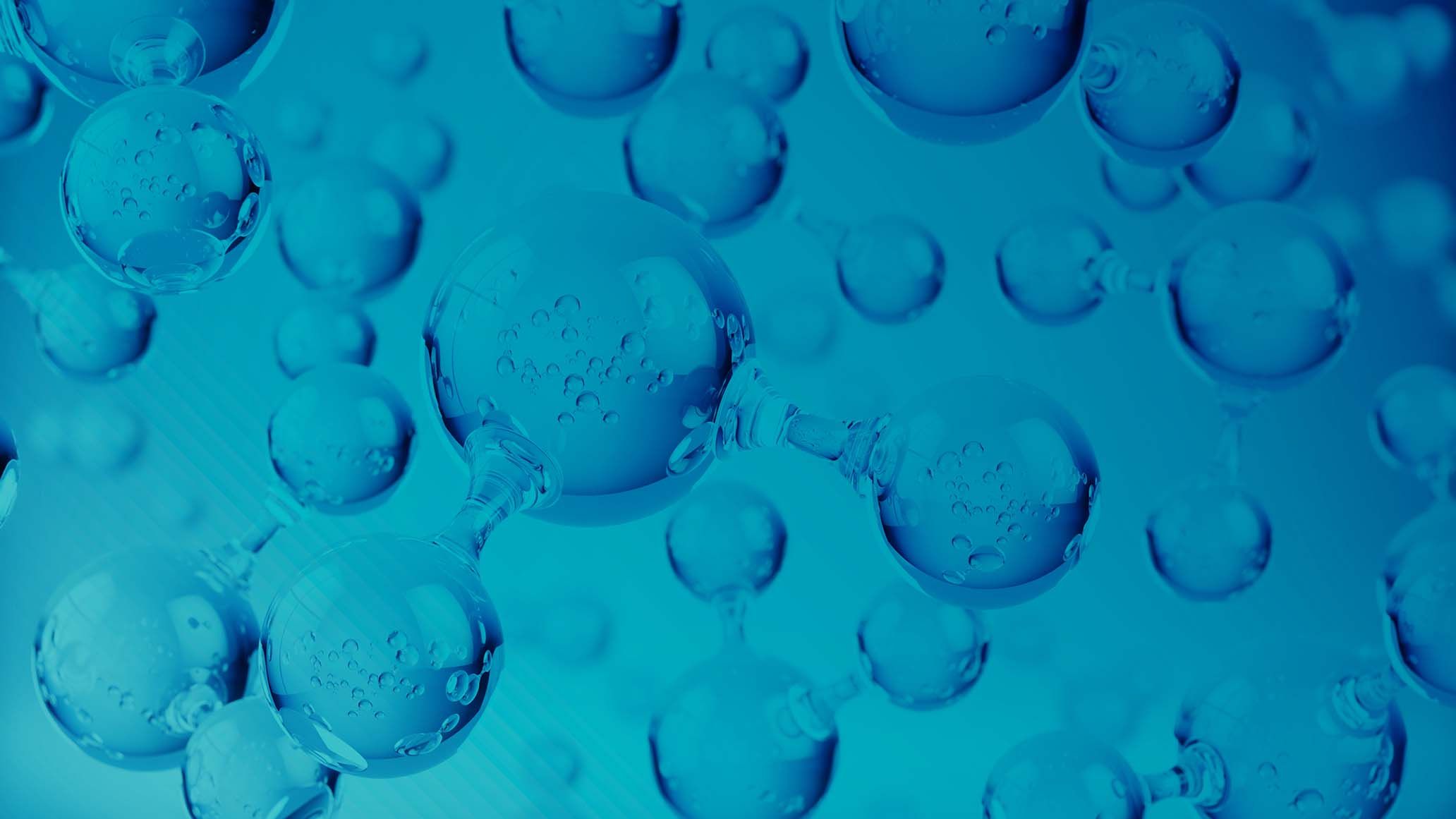Hydnum Steel and thyssenkrupp Materials begin partnership for promoting clean steel in Europe
)
Hydnum Steel and thyssenkrupp Materials have decided to collaborate to aid the transition into a decarbonised steel industry.
thyssenkrupp Materials Processing, will be provided with 100,000 tonnes of decarbonised flat steel every year by Hydnum Steel, which is rapidly becoming one of the leading clean steel producers in Europe. This part of the agreement will run for seven years, once the innovative flat steel plant in Puertollano (Spain) has been constructed by Hydnum Steel. This emphasises the place both companies hold as leaders of sustainability and advanced technology, plus it highlights the increase in interest for low environmental impact steel, currently being shown by large industrial parties.
This agreement will allow thyssenkrupp Materials Processing to begin catering to the industry’s increasing interest around sustainable solutions, by broadening their range of environmentally friendly products, throughout their European distribution centres and processing facilities. The company will also be able to expand and improve within the automotive industry, household appliances, construction, and various other customer sectors.
The agreement also ensures that the companies will collaborate over optimizing deliveries, reducing associated emissions, and will take a joint approach towards low environmental impact logistics solutions. To optimize the value of the products being offered to their customers, both companies will maintain focus on customized processing strategies, plus innovative business models.
CEO Marcus Wöhl, commented “Interest in clean steel is growing rapidly, and we need partners like Hydnum to offer solutions that combine sustainability and innovation. This agreement reinforces our role as leaders in the transformation of the steel industry”.
Eva Maneiro, CEO of Hydnum Steel, added “we are building something more than steel; we are setting the standard for what it means to be sustainable in the 21st century and demonstrating that it is possible to produce steel another way”.



)
)
)
)
)
)
)
)


)
)
)
)
)

)
)
)
)
)
)
)
)

)
)
)
)
)
)
)

)
)
)
)

)
)

)
)
)
)
)
)
)
)

)
)
)
)
)

)
)

)
)
)
)
)
)
)
)


)
)


